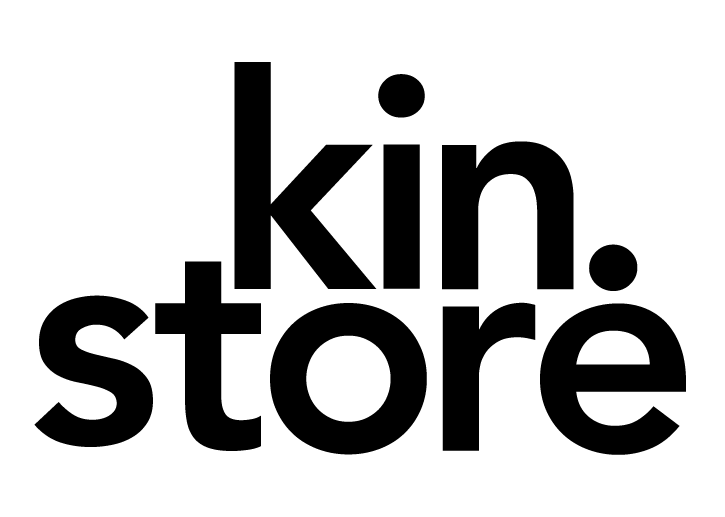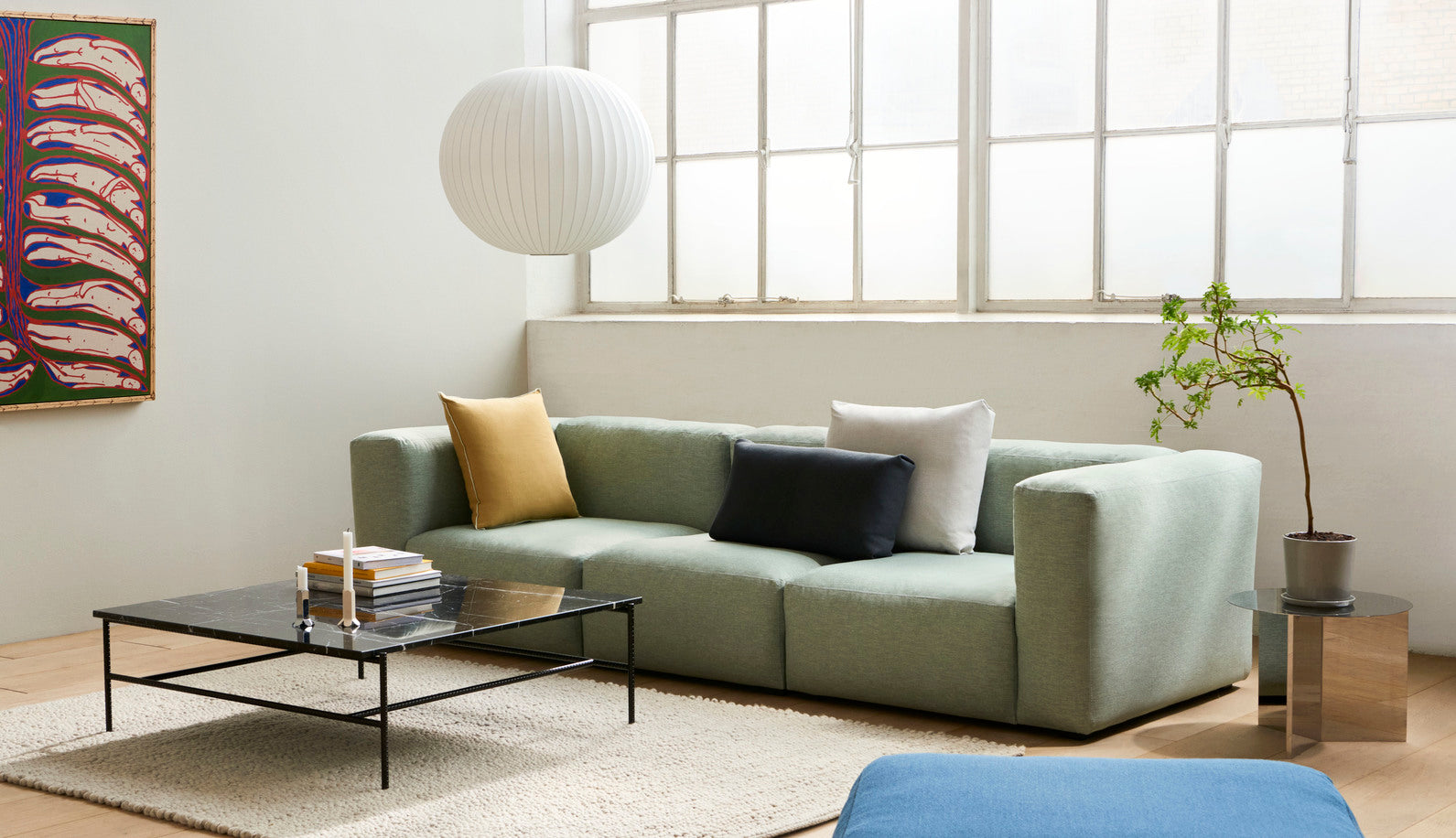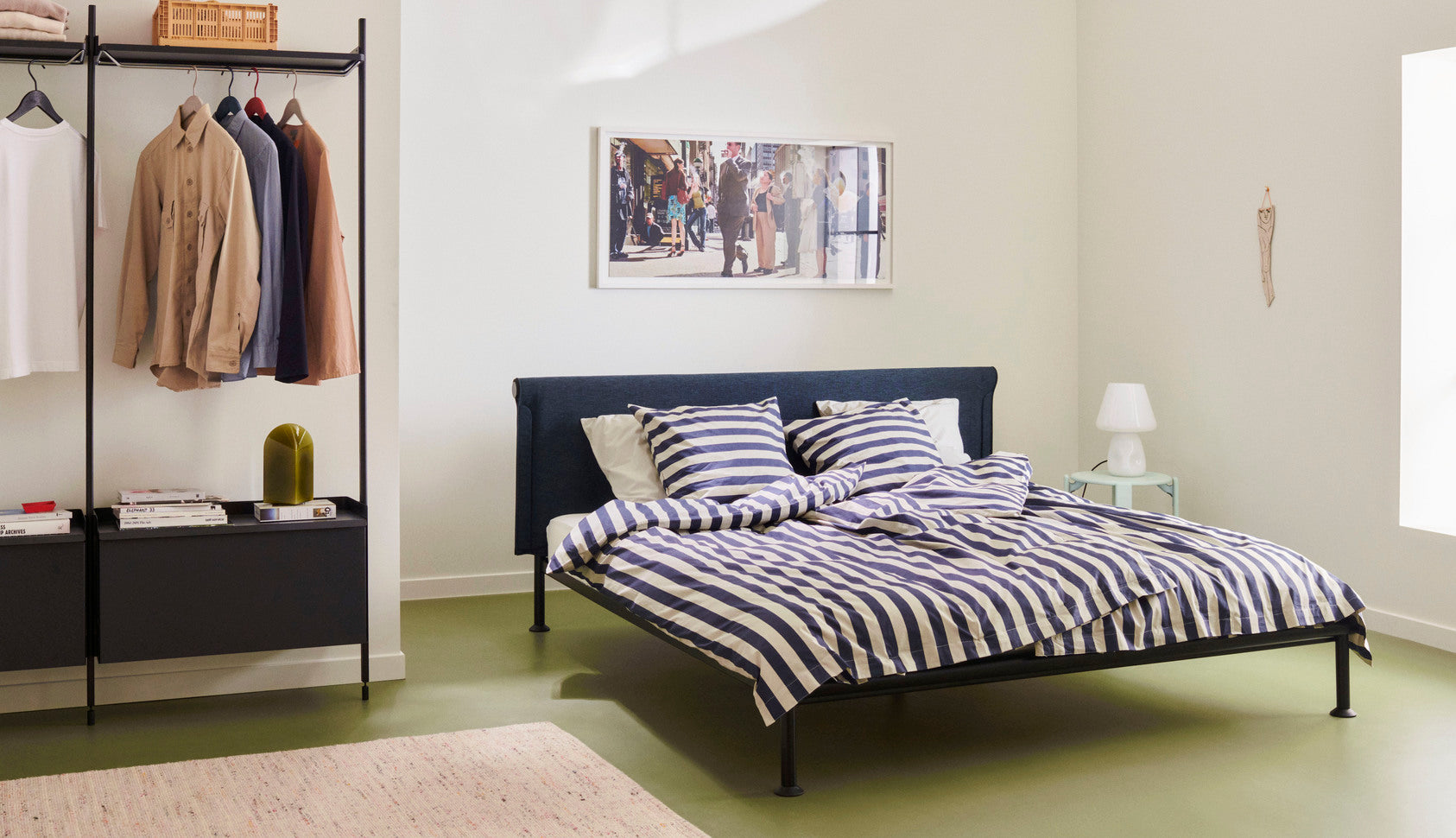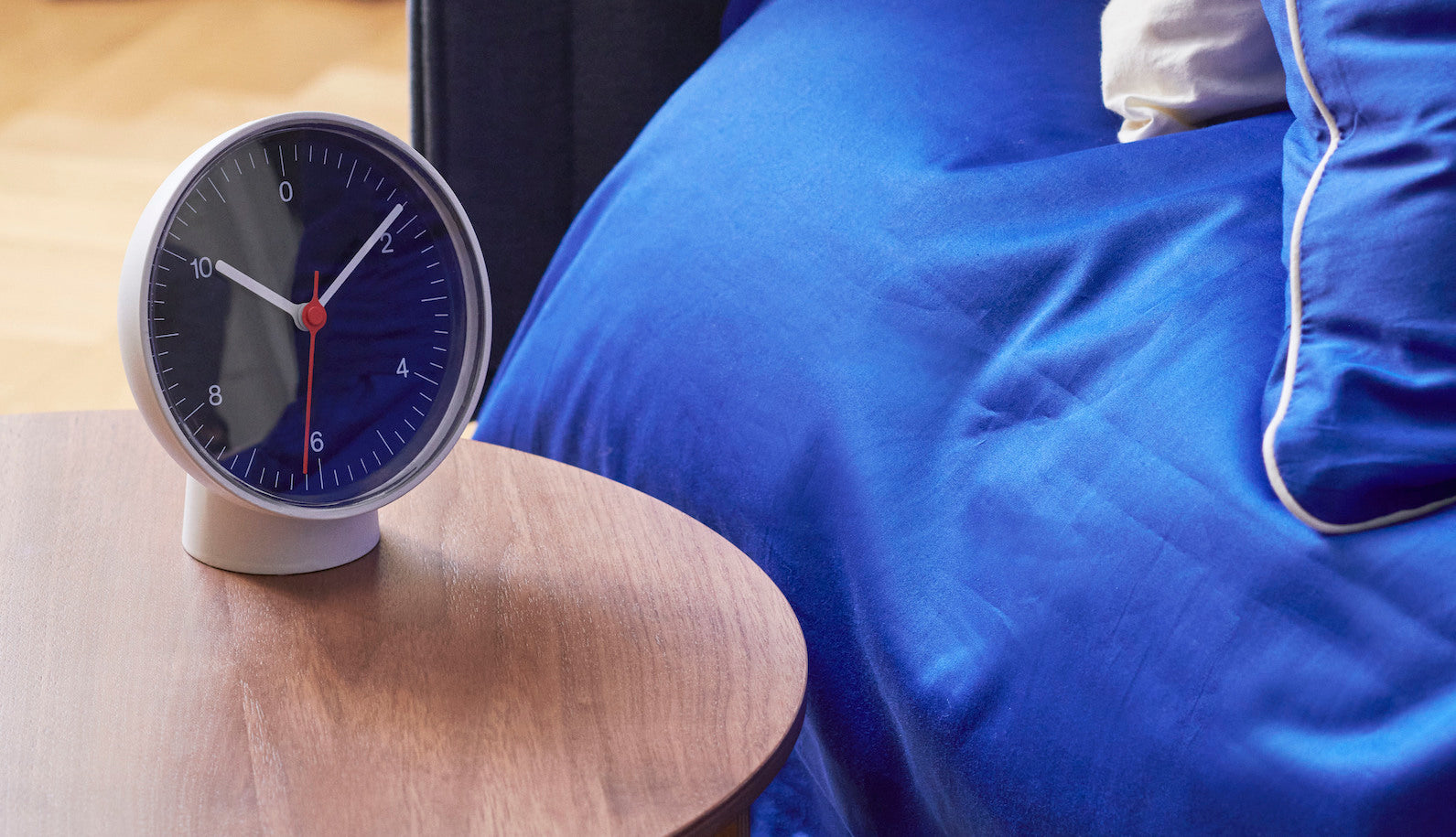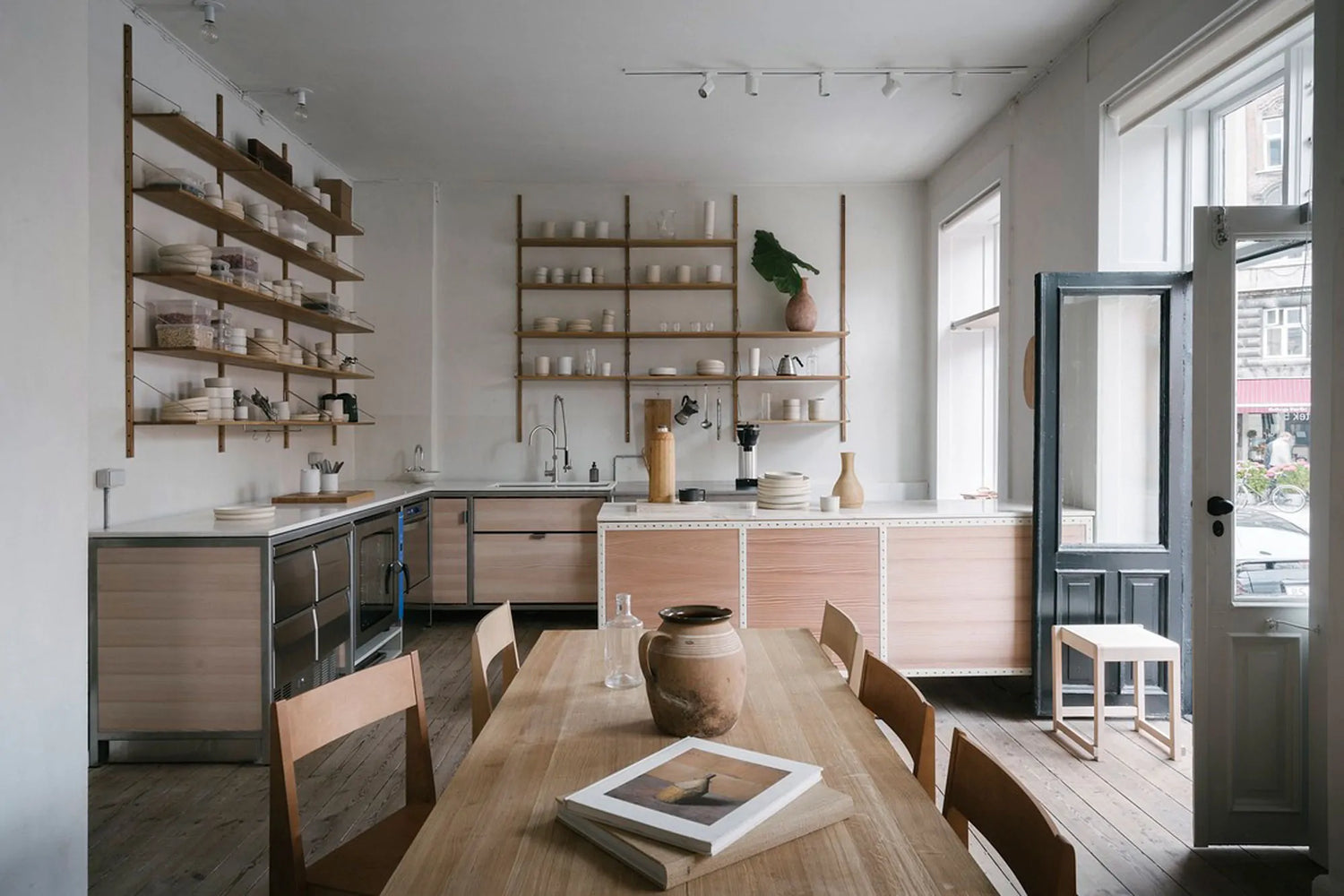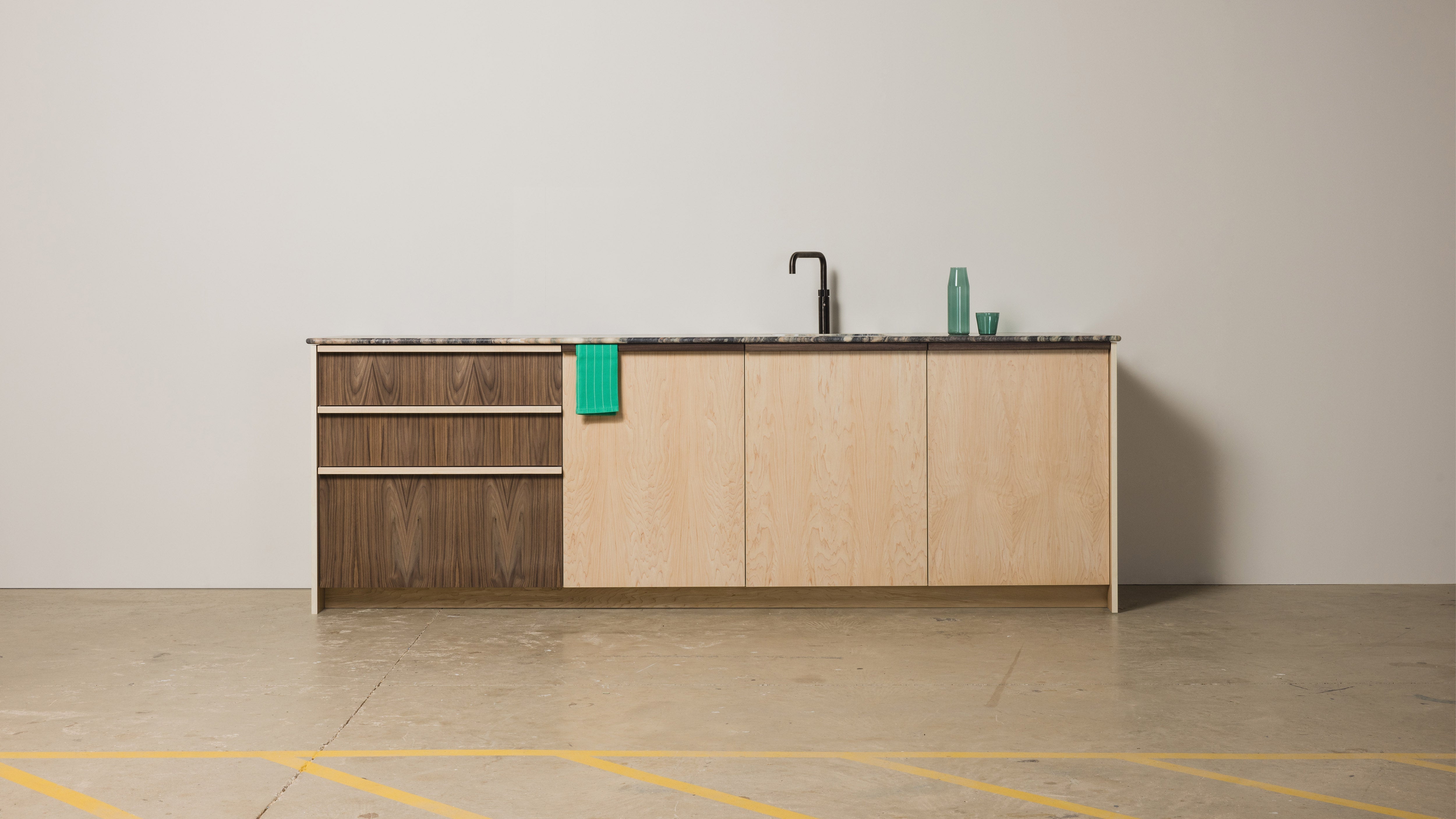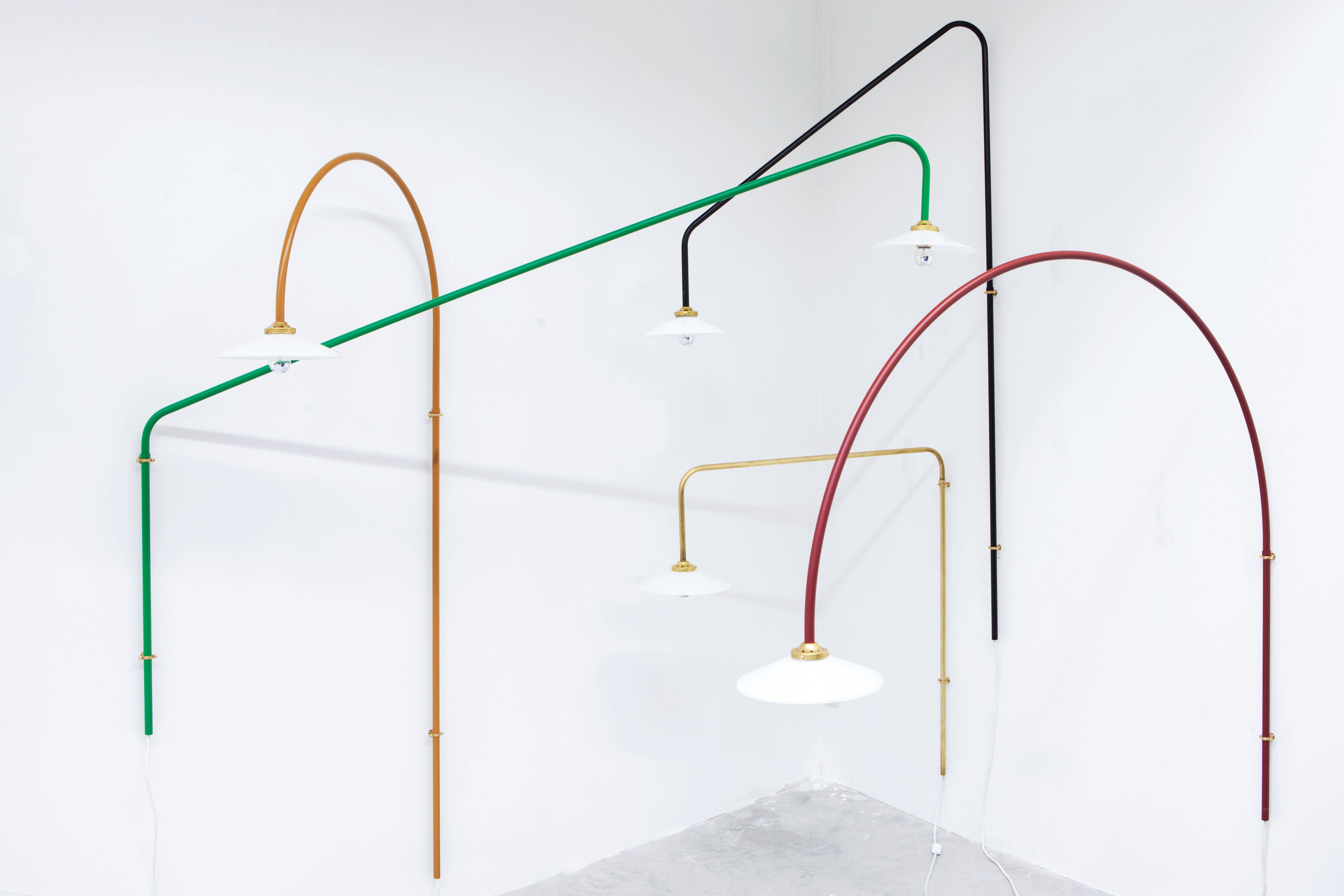Copenhagen is a city where good design isn’t just admired — it’s quietly lived. It’s in the way light pools on concrete floors, in the rhythm of bike wheels against cobblestones, and in the careful balance between restraint and warmth. For us at kin., the Danish capital is more than a place of origin for many of the brands we stock — it’s a living embodiment of the design philosophy we share. This 72-hour guide offers a slow and considered way to explore the city — through interiors, architecture, cafés, and calm.
Day One: Studio Calm & Scandinavian Classics
Begin your journey with breakfast at Atelier September, now housed in a refined space just steps from Frederiksstaden. With its cool stone floors, airy proportions, and elegantly sparse tableware, it feels like a gentle introduction to the Copenhagen rhythm. The coffee is excellent, the seasonal plates unfussy and nourishing.
A few minutes away sits the Frama Studio Store — a beacon for design purists. Housed in a former apothecary, the space carries the brand’s understated furniture, lighting, and objects. The materials — oak, marble, stainless steel — feel weighty but never heavy. Pause at Apotek 57, their in-house café, and take your time. This is a place to slow down and absorb the space as much as the coffee.
For lunch, take a ten-minute walk to Apollo Kantine (weekdays only), a community-style canteen tucked inside Charlottenborg. Shared tables, a single seasonal dish, and plenty of sunlit atmosphere. If you're visiting on a weekend, nearby Café Babette offers smørrebrød done with quiet precision and a soft palette.
In the afternoon, venture into the centre and visit HAY House on Amagertorv — its sweeping stairwell and views across the square frame the brand’s colourful, modular world. Pop into Stilleben just around the corner for art prints, ceramics, and tactile accessories — a thoughtful edit of smaller-scale design.
Finish the afternoon at the Designmuseum Danmark, recently restored and re-opened with collections spanning furniture, fashion, and graphic design. Walking through its galleries, you’ll find the lineage between heritage and modernity that defines so much of Copenhagen’s style.
For dinner, head west to Kødbyens Fiskebar in the Meatpacking District. The space is industrial but intimate — raw concrete floors, open seafood counter, and candlelit tables. The menu leans seasonal and sea-forward, paired with natural wines and good acoustics.
Day Two: Neighbourhood Finds & Nordic Craft
Start the morning in Frederiksberg at Hart Bageri. There’s often a queue, but it moves quickly — and the cardamom buns are worth every step. Take your coffee to go and wander down Værnedamsvej, a charming stretch that feels part Paris, part Copenhagen. Boutiques, delis, and perfectly placed benches for people-watching.
Make your way back into the city and stop at Fritz Hansen, just near Kongens Nytorv. The space is quiet, warm, and natural — a blend of wood, canvas, and tones that nod to both indoor living and the Danish outdoors.
Tucked into a historic townhouse nearby, the David Collection offers something unexpected. It’s not a design destination in the usual sense, but its careful curation and sense of stillness make it unforgettable. The Islamic art collection is extraordinary; the rooms themselves feel like a design statement in restraint.
For lunch, head to Esmee — a soft-brushed brasserie with a covered terrace and a light, floral interior. It's right on Kongens Nytorv and offers an elegant pause in the day. Alternatively, Sonny — a pared-back café with design-worthy details and a loyal local following — serves seasonal salads, tartines, and great filter coffee.
In the afternoon, find your way to Hotel Petra, the hospitality project by &Tradition. The space is enveloping and designed for lingering — and open to guests and non-guests alike.
Later, head north to The Audo in Nordhavn. This hybrid hotel, café, concept store, and showroom by Audo Copenhagen (formerly MENU) is the epitome of total brand immersion. The journey there — either by Metro or Harbour Bus to Orientkaj — is as much a part of the experience as the space itself.
Dinner tonight is back in the city, at Apollo Bar. Tucked into Kunsthal Charlottenborg, it’s intimate and glowing, with a seasonal menu and a courtyard in summer. If you’re craving something deeper and darker, Restaurant Barr (in Noma’s former home) serves Nordic reinterpretations in a room lit by bronze, timber, and candlelight — interiors by Studio David Thulstrup.
Day Three: Architecture, Atmosphere & Final Finds
Start the morning with an architectural breath of fresh air. Grundtvig’s Church, in Bispebjerg, is monumental yet peaceful — a cathedral of brick and light. Designed by P.V. Jensen-Klint, its interior feels like a rhythm in stone. It’s out of the way, but well worth the Metro ride.
Or, if you prefer something closer, head to Superkilen Park in Nørrebro — a riot of colour and surface design that blends global visual cultures into a public urban gesture. It’s less about quiet beauty and more about playful inclusion — and still very Copenhagen.
Back in the centre, Illums Bolighus offers a multi-brand immersion in Danish interiors. You’ll find pieces from Louis Poulsen, Georg Jensen, Carl Hansen & Søn, and others — a kind of condensed, tactile museum of Nordic living.
For lunch, you could revisit Atelier September — it’s just as good at midday, with its plates of citrusy greens, open-faced sandwiches, and glassware that begs to be touched. Or stop into The Union Kitchen for modern comfort food in a dark, soft-lit setting with great acoustics and cocktails if you're not rushing.
Wrap up your trip with a final coffee or spritz at Hotel Sanders. Its softly layered interiors — cane, velvet, warm wood — feel like the living room of someone who owns very good books and even better chairs. It's a hotel that understands how texture shapes atmosphere.
And finally, step onto one of Copenhagen’s harbour boats — line 991 or 992 — and let the city reveal itself from the water. You’ll glide past the Opera House, modern residential buildings, and moored houseboats. It’s an easy, peaceful ending to a trip shaped by quiet beauty and thoughtful design.
Bringing It Home
Copenhagen doesn’t try to impress. It invites. Its design isn’t loud or perfect — it’s lived-in, layered, and human. From thoughtful retail to café interiors that feel like sanctuaries, it reminds us that the spaces we live in should support the lives we want to lead.
At kin., we bring a little of that spirit back to Birmingham. Our collection — from HAY, Muuto, Ferm Living, and &Tradition to Fritz Hansen and Carl Hansen & Søn — is shaped by the people, places, and philosophies that define Copenhagen.
So whether you're booking flights or simply rearranging a corner of your home, let this guide serve as a reminder: good design doesn’t just decorate. It uplifts. Quietly, beautifully, and with lasting intent.
